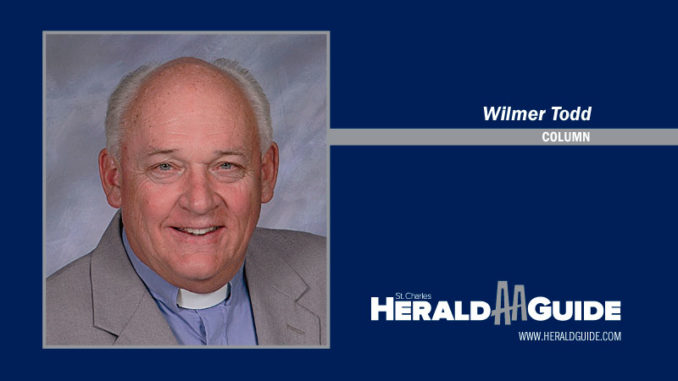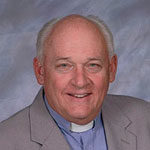
Hate crimes in America have increased 17 percent from the previous year making this the third consecutive year that hateful racial rhetoric and actions have come to dominate the news. Of the more than 7,100 hate crimes reported last year, race and ethnicity hatred accounted for 60 percent. Religion and sexual orientation were the other 40 percent.
In the last three years, we have seen torch-bearing white supremacists shouting racist and anti-Semitic slogans. A car driven by a known Nazi sympathizer mowing down a crowd of activists. We have seen Jewish people killed while attending their prayer services, and people of color being shot while trying to shop at a local Walmart. Is this who we are?
Social Science Researchers have been studying the roots and causes of racism. Maybe they can help us understand why people feel and act in a negative way toward each other.
People learn to be whatever their society and culture teach them. Most parents do not actively teach their kids to be racist. The truth is that unless parents actively teach kids not to be racists, they will become racist. It comes from our environment, the atmosphere all around us.
Most people have implicit biases and unexamined prejudices and some may harbor feelings of fear or resentment that are hidden deep inside them. However, when people come into contact with movements or organizations that glorify intergroup integration like minorities’ struggle for equality, that turns people’s everyday prejudices into something more violent and hideous.
White supremacist groups promote a “siege mentality” among their followers. Their speech aims to lend legitimacy to people’s racial and ethnic fears. Some slogans shouted by participants in Charlottesville: “You will not replace us” and “White Lives Matter.” Their message to the world: white peoples are the ones who are being discriminated against in our society.
Can we teach people not to be racists? The only way to change our biases is to change our culture. We have to change what is acceptable in our society. Everything we experience gives us messages about who is good and bad. To challenge the deep-seated prejudices that shape our behavior and to unlearn our implicit biases, we need to have contact with each other.
We need to develop an integrated society with socioeconomic fairness, so that whatever relationships people have across group lines are considered classless. That will help create trust between people on each side of an us-them divide and reduce prejudices and promote harmony.
In recent years social scientists have been studying how Euro-Americans have been reacting to the fact that their population in the U.S. is shifting from the being the majority to becoming a minority. In those studies, young white subjects responded just as strongly as older white ones with anxiety and uncertainty, expressing more negative explicit and implicit racial bias in tests.
The Bible teaches that God has created all human beings in the “Divine image and likeness.” That means that we are all created with the same inalienable dignity as sons and daughters of God. No matter what color is our skin, or our ethnic or cultural origin, each person is a beautiful reflection of our Creator, whose life we must always value and treated with honor and respect.
Being made in the image and likeness of God also means that we are social by nature. Christians believe that our God is a community of Persons, Father, Son and Holy Spirit. Each person is unique with their own attributes within the one Godhead. This divine communion of love and life is so strong that it overflows in a life-giving way to God’s creatures.
The Church is the community of believers, a communion of life and love that brings together peoples from all nations, languages and races to praise our beloved God. Since all people are equal in God’ eyes, everyone who believes in God should treat everyone with love and respect.


Be the first to comment